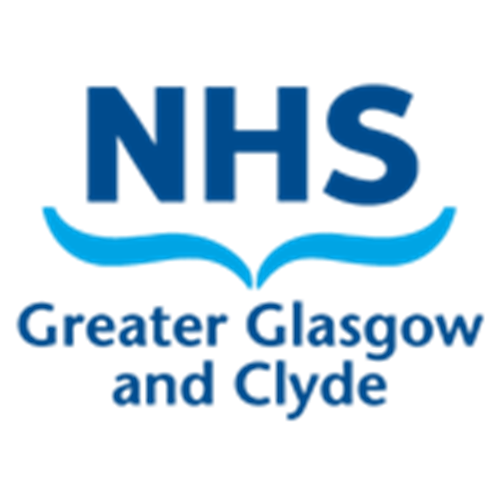ANTENATAL CLINIC
- An individualised risk assessment should be made for each woman and full documentation of birth preferences made in the notes.
- Previous notes should be reviewed. If not available or the woman birthed in another unit, then information regarding her previous births should be sought early in the antenatal period.
- Obstetric Consultant input during the antenatal period should be offered / arranged at the 15-16week appointment.
- The woman should be given the current RCOG Patient Leaflet on BAC and the GGC Planned Caesarean Birth leaflet early in her antenatal care and invited to return with any questions at a subsequent clinic appointment.
- Women should be provided with the evidence not only of the risks involved, but also the positive aspects of VBAC and the lower morbidity rates.
- Any woman considering IOL after a previous Caesarean Birth should be reviewed by their consultant. She is entitled to seek a second opinion.
When is Planned Repeat Caesarean Birth the optimal choice?
- Offer planned CB to all women with a classical scar. “T” or inverted “T” incisions and extensions of uterine scars that have a vertical component (i.e. not “lateral LUS extensions”).
- Offer CB to women from overseas with vertical midline abdominal scars and who cannot be sure that they had a transverse lower segment uterine incision.
- Offer CB to women who have absolute contraindications such as placenta praevia.
- An individualised care plan should be taken in the following circumstances in light of factors that may increase the risk of uterine rupture: short inter-birth interval (<12 months), >41 weeks gestation, maternal age >40, obesity, macrosomia, twins.
- Previous hysterotomy or myomectomy entering uterine cavity should be assessed by an obstetric consultant to consider individual situation.
Later antenatal care
- Check that ultrasound localisation of placental site has been performed by 32 weeks.
- Record plan in notes prior to admission: Whilst Consultant agreement is not needed, documentation should include the date of discussion, topics discussed, and the members of the MDT who contributed to the discussion. Consider if a woman’s risk profile has changed during her pregnancy.
- Discuss VBAC again to ensure no new issues.
- Await spontaneous labour and advise woman to contact maternity triage when she has regular or painful uterine activity: she will be advised to attend for assessment and management plan.
- Review at 41 weeks: Offer cervical assessment and discuss risks of IOL in VBAC cases, dependent on method used. Make plan for either IOL or planned Repeat Caesarean Birth. If the choice for a planned repeat caesarean birth has been made by the woman, a plan including the planned birth date should be documented in the notes together with a plan, should she labour prior to that date.
- If a woman wishing VBAC presents with prelabour rupture of membranes she should be reviewed/discussed with the on-call consultant and an individual plan made.
- All women wishing VBAC should be reviewed by medical staff when attending maternity triage in labour or with SROM.
